Professional septic tank pumping services that prevent backups and extend your system’s life in Setauket.
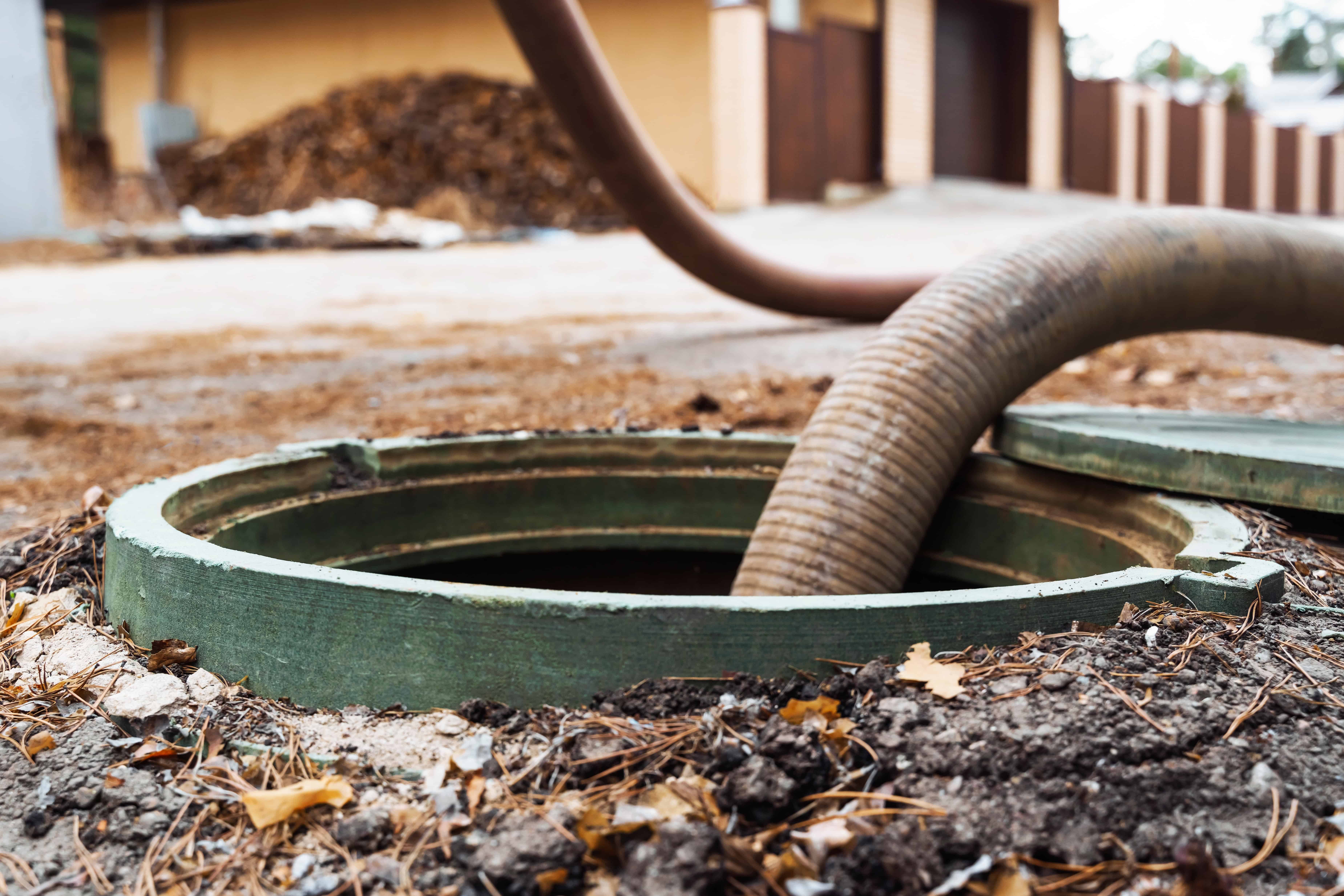
Hear from Our Customers
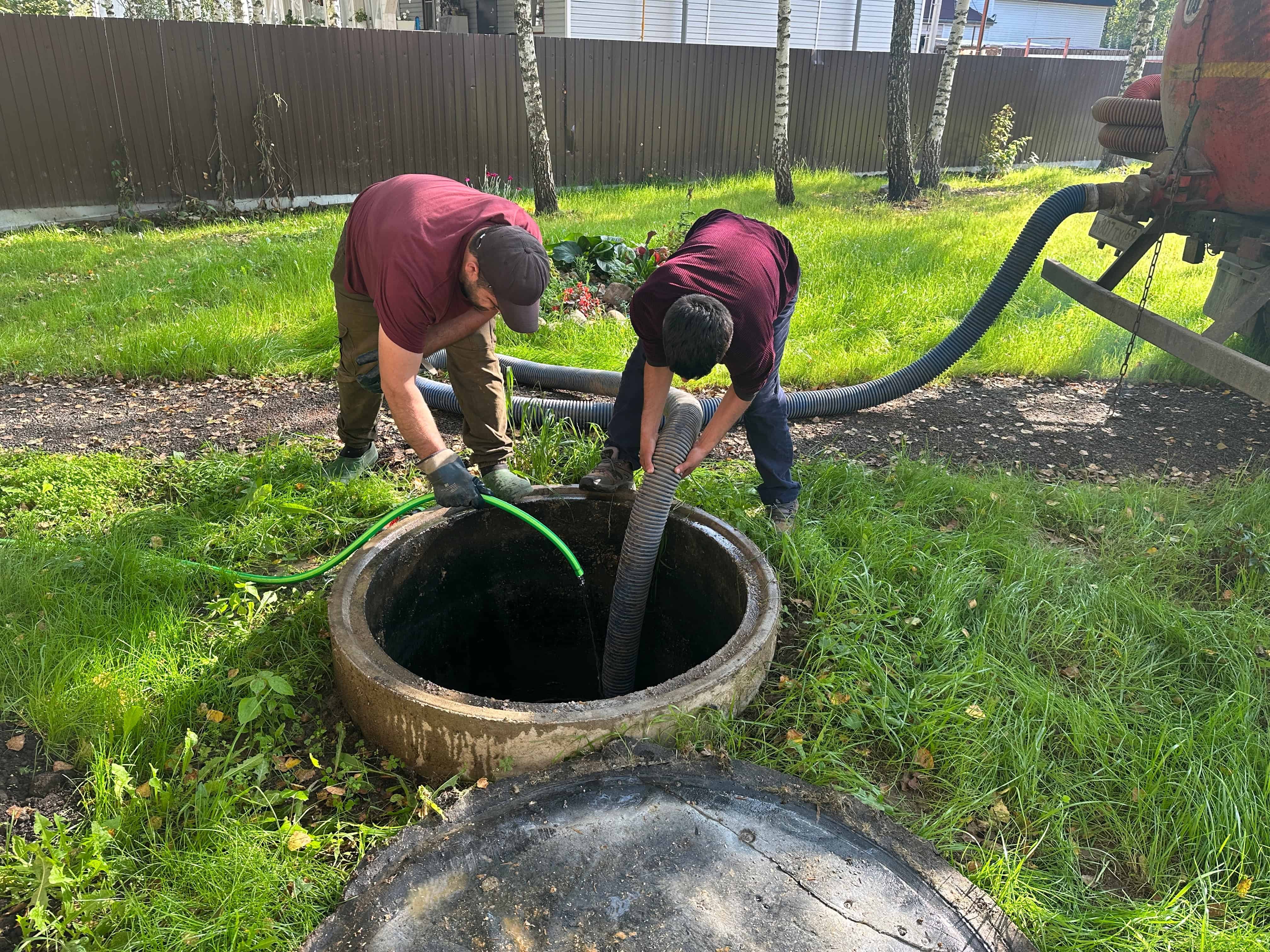
Your septic system works hard every day, but without regular pumping, it’s heading toward failure. When solid waste builds up in your tank, it doesn’t just disappear—it creates problems that get expensive fast.
Regular septic tank pumping keeps your system flowing properly and prevents the nightmare scenarios you’ve probably heard about from neighbors. No sewage backing up into your home. No soggy, smelly yard. No emergency calls that cost three times what preventive maintenance would have.
Most Setauket homes need pumping every 3-5 years, but the exact timing depends on your household size and system age. When you stay ahead of it, your septic system quietly does its job for decades. When you don’t, you’re looking at repairs, replacements, and cleanup costs that can easily hit five figures.
Quality Cesspool has been serving Setauket and the surrounding Long Island communities for years, and we understand the unique challenges of septic systems in this area. Sandy soil, high water tables, and aging systems require someone who knows what they’re looking at.
We’ve seen every type of septic problem that can happen in older Long Island homes. More importantly, we know how to prevent most of them with proper maintenance and honest assessments.
When you call Quality Cesspool, you’re getting technicians who live and work in your community. We understand local regulations, proper disposal requirements, and how to get the job done without tearing up your landscaping or disrupting your day more than necessary.
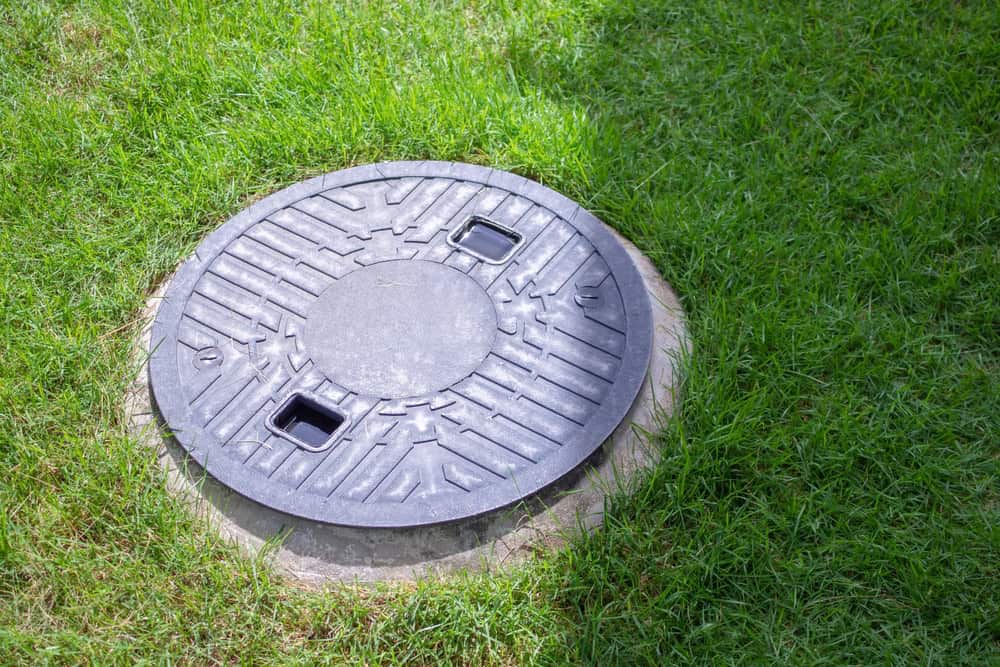
The septic pumping process is straightforward when you work with experienced professionals. First, we locate your septic tank and access the pumping port, usually through a manhole cover or access port in your yard.
Our truck-mounted equipment removes all liquid and solid waste from your tank, giving us a clear view of the tank’s condition. While pumping, we inspect the tank for cracks, damaged baffles, or other issues that could cause problems down the road.
After pumping, we’ll let you know what we found and give you an honest assessment of your system’s condition. If everything looks good, you’re set for another few years. If we spot potential issues, we’ll explain what you’re looking at and help you decide on the best course of action.
The entire process typically takes 30-60 minutes, depending on your tank size and access. We clean up after ourselves and provide you with a record of service for your maintenance files.
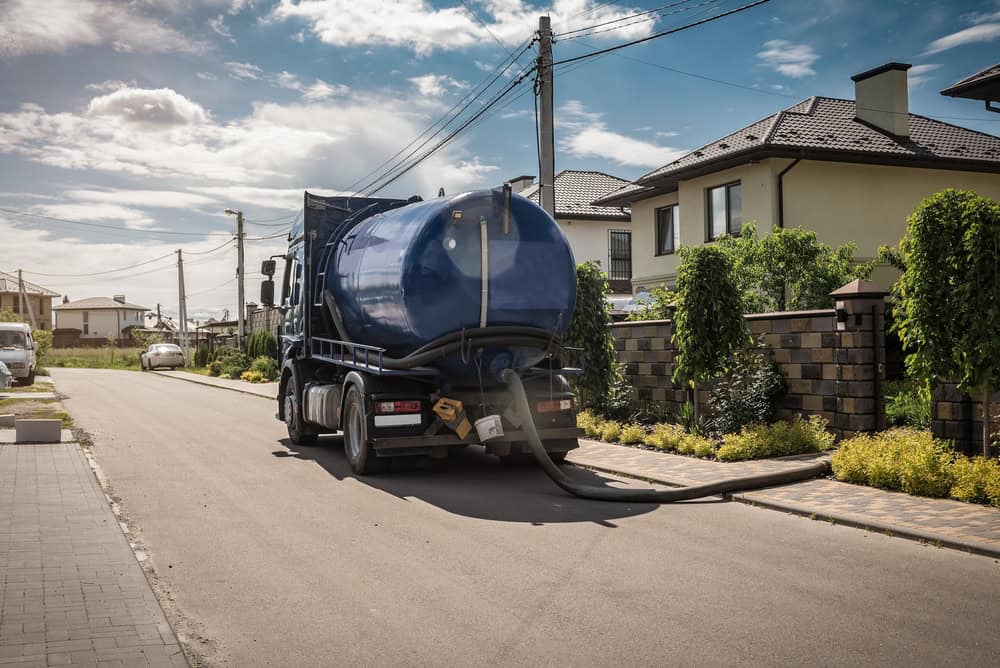
Ready to get started?
Our septic tank pumping service includes complete waste removal, tank inspection, and honest assessment of your system’s condition. We don’t just pump and leave—we take the time to make sure you understand what’s happening with your septic system.
Every service includes proper disposal of waste materials according to local environmental regulations. We’re licensed and insured, so you don’t have to worry about compliance issues or liability concerns.
You’ll also get practical advice about maintaining your system between pumpings. Simple things like what not to flush, how to spot early warning signs, and when to schedule your next service. This isn’t about selling you more services—it’s about helping you avoid the expensive problems that come from neglected septic systems.
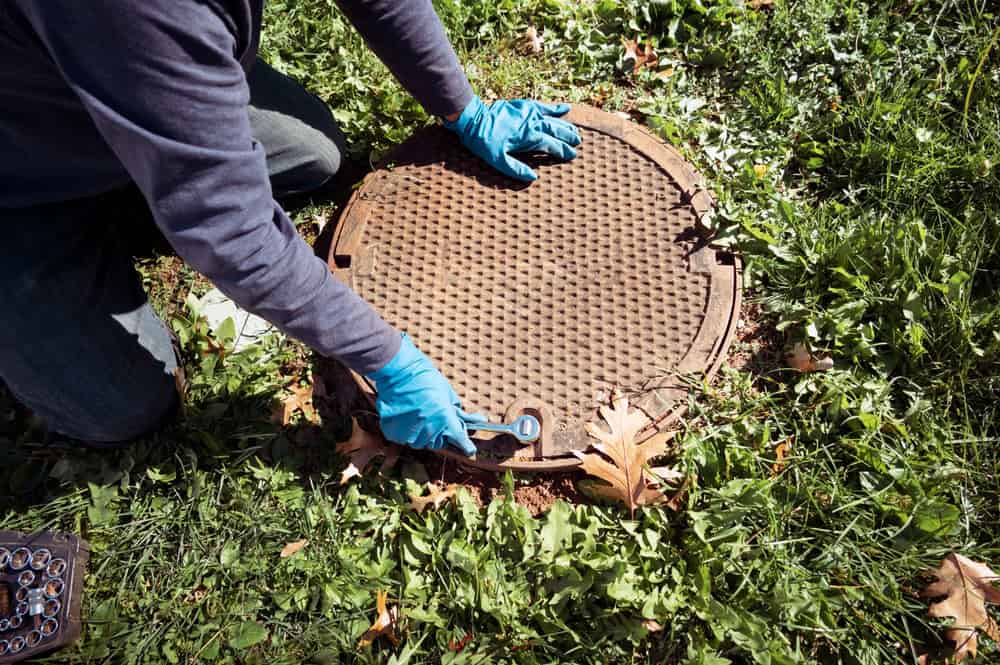
Don’t let cesspool issues disrupt your day. Reach out now for a free estimate and expert service.
©2025 Quality Cesspool All Rights Reserved. SEO Company NYC – Web Design & SEO by Hozio